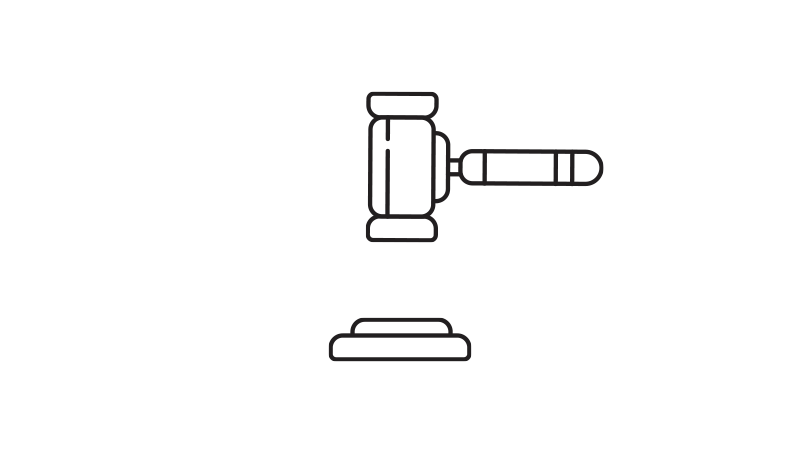Most of the time, the easiest thing to do is to contact your own insurance company, even if the accident wasn’t your fault. But there are other options.
The last thing you feel like doing after a car accident is dealing with the admin. Especially when it wasn’t your fault. To make this process as smooth as possible, we’ve laid out your options.
Claim from your insurer and get them to handle it
Your best bet is to contact your insurer and claim through them, as it’s the quickest way to get your car back on the road. Their legal team will take on the task of recovering the cost of your repairs from the other party or their insurer, saving you a lot of time and unnecessary stress.

But there are a few things that you need to be aware of:
The claim might count towards your claims history
Whether the claim is counted towards your record depends on your accident history and your insurer’s specific approach. One accident might not have an effect on your premium. But if you have been in a few accidents (even if they weren’t your fault), it could affect your premiums and whether your insurer sees you as a high-risk client.
You will have to pay your excess, but it could be refunded
As with any claim, if your car was insured for R100,000 with an excess of R5,000, the insurer will only pay you R95,000 and you would have to chip in the remaining R5,000.
However, if your insurer can successfully recover the cost of your repair, they will refund your R5,000.
This means that you will only suffer a temporary loss if the recovery is successful.
If the person at fault has insurance, you can also claim from their insurer directly
If you go the route of claiming from the other person’s insurance, you would have to submit a claim to their insurer for the damage done to your car.
To start the process you need to prove that there was a loss on your side. So, you are usually required to submit three different quotes for the repair of your vehicle. This means that you have to go to three different repair shops and see what they would charge you to repair the damage from the accident.
It’s not always clear-cut as to whose fault the accident was. And given that you will be dealing with an experienced legal team on the side of the other person’s insurer, claiming yourself can put you at a slight disadvantage.
It could take much longer to get your car back on the road if you choose to go this route. But on the plus side, you won’t have a claim on your personal record.
If the person does not have insurance, you could sue them directly
If the damage is less than R20,000, then you can take the claim to the Small Claims Court. For a claim of more than R20,000, the case will have to be taken to the Magistrates’ Court with the help of a lawyer.

This route can rack up the bills, so you need to assess the person at fault’s ability to pay for your damages and legal fees before going down this road.
If the accident is less than your excess, going via the Small Claims Court makes the most sense
Small Claims Court offers an easy way of resolving certain civil disputes that involve amounts lower than R20,000. You also don’t need a lawyer to represent you.
This doesn't mean your insurer won’t still be able to assist you. Be sure to contact them; they should provide you with any advice or information you need.
No matter which route you take, get as much evidence as possible at the accident scene
You need to gather enough evidence to show that you were not at fault if you want the other person’s insurance to cover the damages.

Here’s some advice from our claims team that you can use as a checklist should you find yourself in an accident that wasn’t your fault:
- Get sufficient evidence that there was damage caused: Take some photos and then take some more. Capture the entire accident scene and any damage that was caused to your car. You could even take a video if that’s easier.
- Double-check the details of the other person: Try to snap a few pictures of their driver’s licence, ID, and licence plate and get their insurance policy number.
- Grab the details of the bystanders who witnessed the accident: Bystanders can be extremely helpful in substantiating the facts. Also, have a look for any CCTV cameras that might’ve captured the accident.
- Report the accident to the police as soon as possible: You must file a police report within 24 hours if you are not injured - whether the accident was your fault or not. If you can, take a photo of the police report once both you and the police have signed it. This will slightly speed up the claims process, as it eliminates any delays in applying for a copy of the report.
You can’t control when and where an accident might happen, but you can have some control in preparing for what follows. Having an insurer on your side can help take away a chunk of the stress that comes with unfortunate accidents. After all, that’s what you pay them to do.



